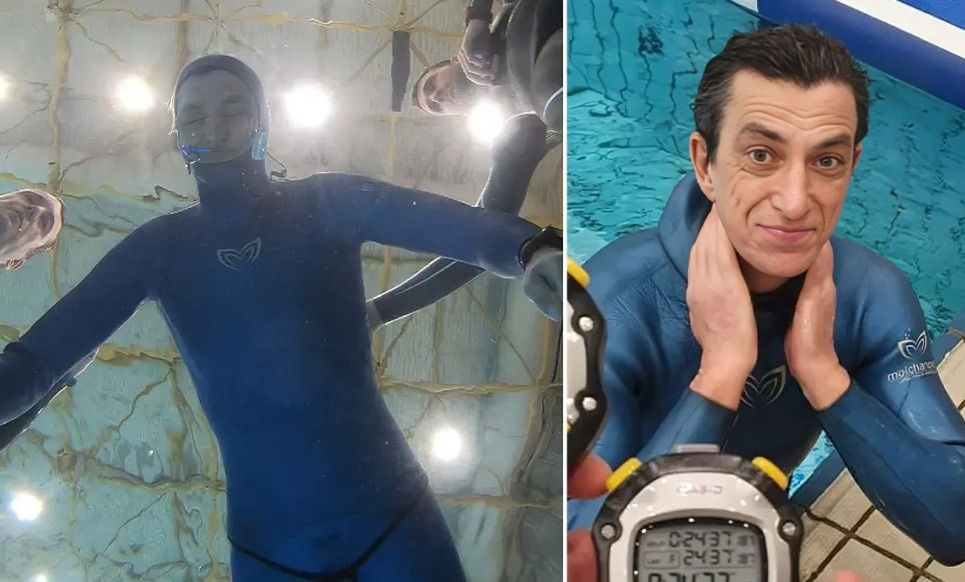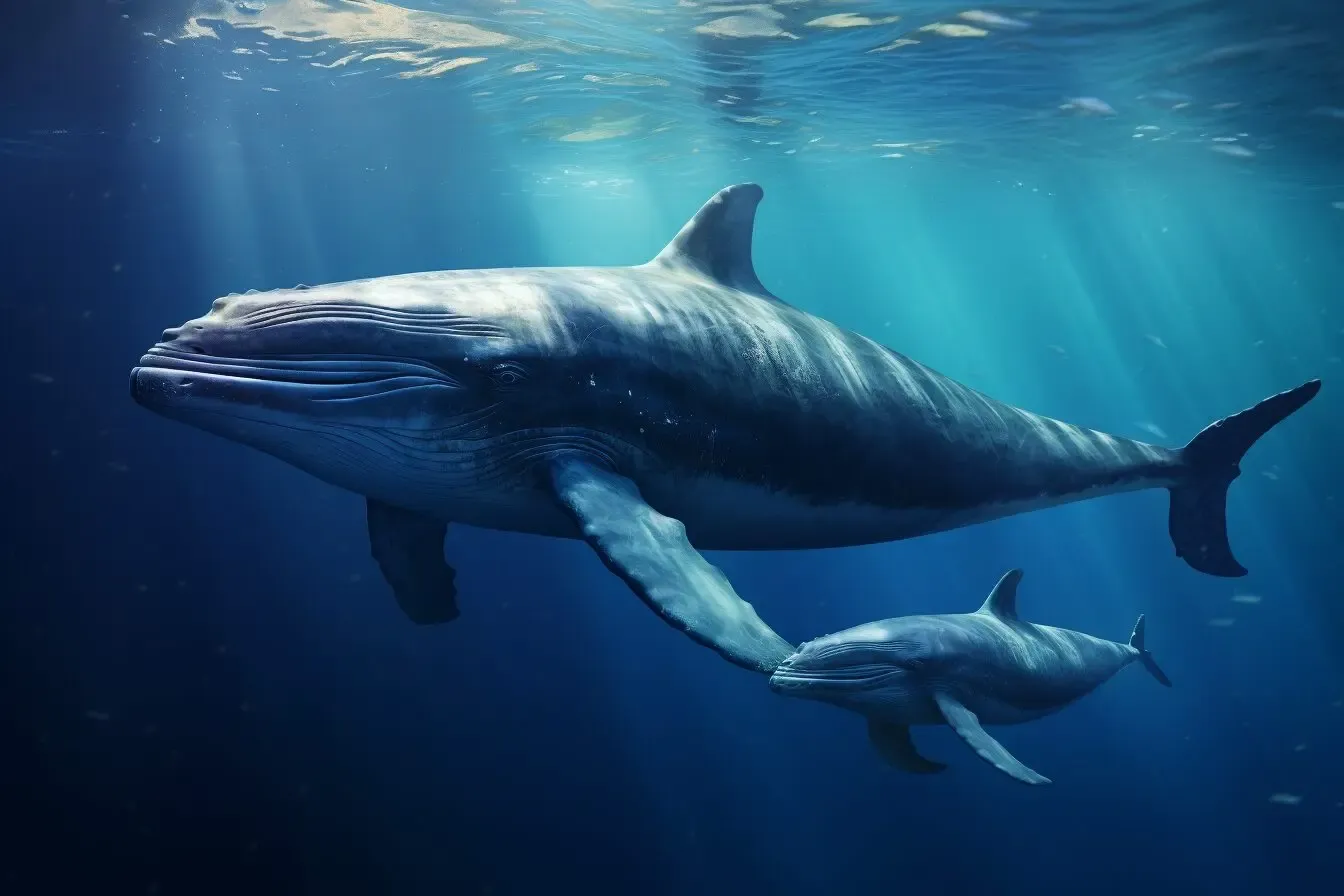
“
The lungs and respiratory system are essential for life, enabling us to breathe and oxygenate our bodies. This blog will reveal 20 intriguing facts about Lungs and Respiratory system. These facts highlight the fantastic functions of the lungs, the mechanics of breathing, and their critical role in maintaining overall health. 1
1
1
”
The average human lung can hold about six liters of air, though we only use a small portion of this capacity during normal breathing. This reserve allows us to take deeper breaths when needed, like during exercise. 1
If you were to spread out all the alveoli in your lungs, their combined surface area would cover around 70 square meters, roughly the size of a tennis court. This large area helps in efficient oxygen exchange. 2
On average, a person takes about 20,000 breaths per day. The rate of breathing adjusts based on factors like activity levels, stress, and health conditions to supply adequate oxygen and remove carbon dioxide. 3
Tiny hairs (cilia) and mucus inside your nose work together to trap dust, pollen, and harmful particles. This filtration system helps keep your lungs clean and healthy by preventing unwanted particles from entering the deeper parts of your respiratory system. 4
While your nose is designed for breathing, your mouth acts as a backup system. It allows larger amounts of air to enter quickly during physical activities, like exercise, or when your nasal passages are blocked due to congestion or illness. 5
Tiny, hair-like structures called cilia line your respiratory tract. These help trap and remove dust, bacteria, and other harmful particles from your lungs by sweeping them upwards, preventing them from causing infection or irritation. 6
The pharynx is a dual-purpose organ that directs both food to your esophagus and air to your lungs. This busy crossroad of the respiratory and digestive systems makes it essential for proper breathing and swallowing functions in everyday life. 7
Your lungs play a crucial role in producing sound. Air from the lungs passes through the vocal cords, vibrating them to produce speech. The amount of air pressure influences pitch, volume, and the loudness of your voice. 8

Budimir Šobat from Croatia set the record for the longest voluntary breath-hold underwater (male) at 24 minutes and 37.36 seconds on 27 March 2021 in Sisak, Croatia, demonstrating incredible breath control and endurance.
The epiglottis, a flap located in the larynx, acts like a security guard for your airway. It closes over your windpipe when you swallow, ensuring that food and liquids don’t accidentally enter your lungs and cause choking or infections. 9
The diaphragm is a powerful muscle dividing the chest and abdominal cavities. When it moves downward, it creates a vacuum in the chest, allowing air into the lungs. Ribs, which protect the chest, also move slightly to assist lung expansion. 10
The lungs oxygenate around 5 liters of blood every minute, which is then distributed to tissues throughout the body. They also remove carbon dioxide, a waste product, helping maintain balanced blood pH levels for optimal health. 11
Your nostrils take turns being dominant in airflow. Known as the nasal cycle, one nostril usually allows more air in while the other rests, and they switch every few hours to help maintain proper balance and breathing efficiency. 12
The lungs are incredibly efficient, exchanging oxygen and carbon dioxide in just 0.25 seconds. This rapid process ensures the body constantly receives enough oxygen to maintain all cellular functions and eliminate carbon dioxide efficiently. 13
At high altitudes, where oxygen levels are lower, the body compensates by increasing the breathing rate and producing more red blood cells. Over time, this adaptation helps ensure enough oxygen is delivered to tissues and organs. 14

The blue whale’s lungs have a capacity of 5,000 liters, transferring up to 90% of inhaled air into its bloodstream. It uses twin blow-holes, protected by a splash guard, to prevent water from entering and closes them underwater to avoid drowning.
A sneeze can send particles flying out of your nose at speeds up to 100 miles per hour. This reflex is the body’s way of clearing irritants from the nasal passages, protecting the respiratory system from potential harm. 15
During sleep, breathing patterns slow down, allowing your body to conserve energy while maintaining oxygen levels. In certain sleep disorders, like sleep apnea, breathing temporarily stops, leading to disrupted sleep and other health issues. 16
At birth, a baby’s lungs are filled with fluid. Within moments of birth, this fluid is replaced by air as the baby takes its first breath. The lungs fully mature in late childhood, around the age of eight. 17
Unlike many organs, lungs have some regenerative capacity. After a significant injury or illness, parts of the lung can regrow and restore some of their function, although this ability decreases with age and repeated damage. 18


